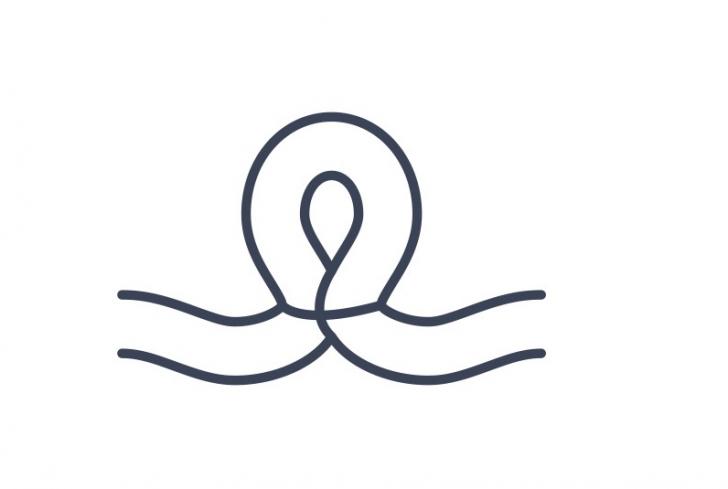
What is a tubal ligation or sterilization?
A tubal ligation is a permanent form of birth control. It is also referred to as: "tying the tubes" or a "tubal sterilization." During a tubal ligation, the fallopian tubes are cut or blocked to permanently prevent pregnancy. A tubal ligation prevents sperm from passing through the fallopian tube and prevents the egg from moving towards the uterus; it also blocks sperm from traveling up the fallopian tubes to the egg.
What types of tubal sterilization are there?
There are several types of tubal sterilization. Here are the more common types:
- Salpingectomy.
- Hulka or filshie clip tubal ligation. This type of tubal ligation is the most easily reversed.
- Falope ring (rubber band) tubal ligation.
- Pomeroy or modified pomeroy ligation
- Bipolar cauterization of the tubes.
- Monopolar cauterization of the tubes.
Should I get a tubal ligation or sterilization?
The following is a list of important facts to note about tubal ligation, including the risks and complications, and points to consider when determining if this option is right for you:
- A tubal ligation does not affect a woman's menstrual cycle. Ovulation will continue to occur.
- A tubal ligation can be done at any time, including after childbirth or in combination with another abdominal surgical procedure, such as a C-section.
- It is close to impossible to reverse a tubal ligation; tubal reversal surgery is considered to be a major surgery, one that is not always effective.
- A tubal ligation permanently prevents pregnancy, ending the need for any type of contraception.
- A tubal ligation is not the best option of birth control if:
- You might want to become pregnant at some point
- You're obese
- You have severe cardiac or pulmonary disease
- You have blood-clotting problems
- You have internal abdominal scarring
- You have a pre-existing gynecologic condition such as, irregular periods or abnormally heavy or prolonged periods, that may be better treated through hormonal contraception
- Tubal ligation is major surgery. Risks associated with tubal ligation include:
- Damage to the bowel, bladder or major blood vessels
- Adverse reaction to anesthesia
- Wound infection
- Prolonged pelvic or abdominal pain
- You may be at higher risk of complications from a tubal ligation if:
- You've had previous pelvic or abdominal surgery
- You have a history of pelvic inflammatory disease, obesity, or diabetes
- A tubal ligation will not protect you from sexually transmitted infections.
In the first year after a tubal ligation, an estimated 1 out of 100 women will get pregnant. The younger you are at the time of a tubal ligation, the more likely the sterilization is to fail. If you do conceive after having a tubal ligation, there's a higher chance that the pregnancy will be ectopic — when the fertilized egg implants outside the uterus, usually in a fallopian tube.
Learn more about other birth control methods in our Birth Control Guide!
Read More:
The Birth Control Pill
Female Condoms
Diaphragm
Vaginal Ring
The Birth Control Patch
